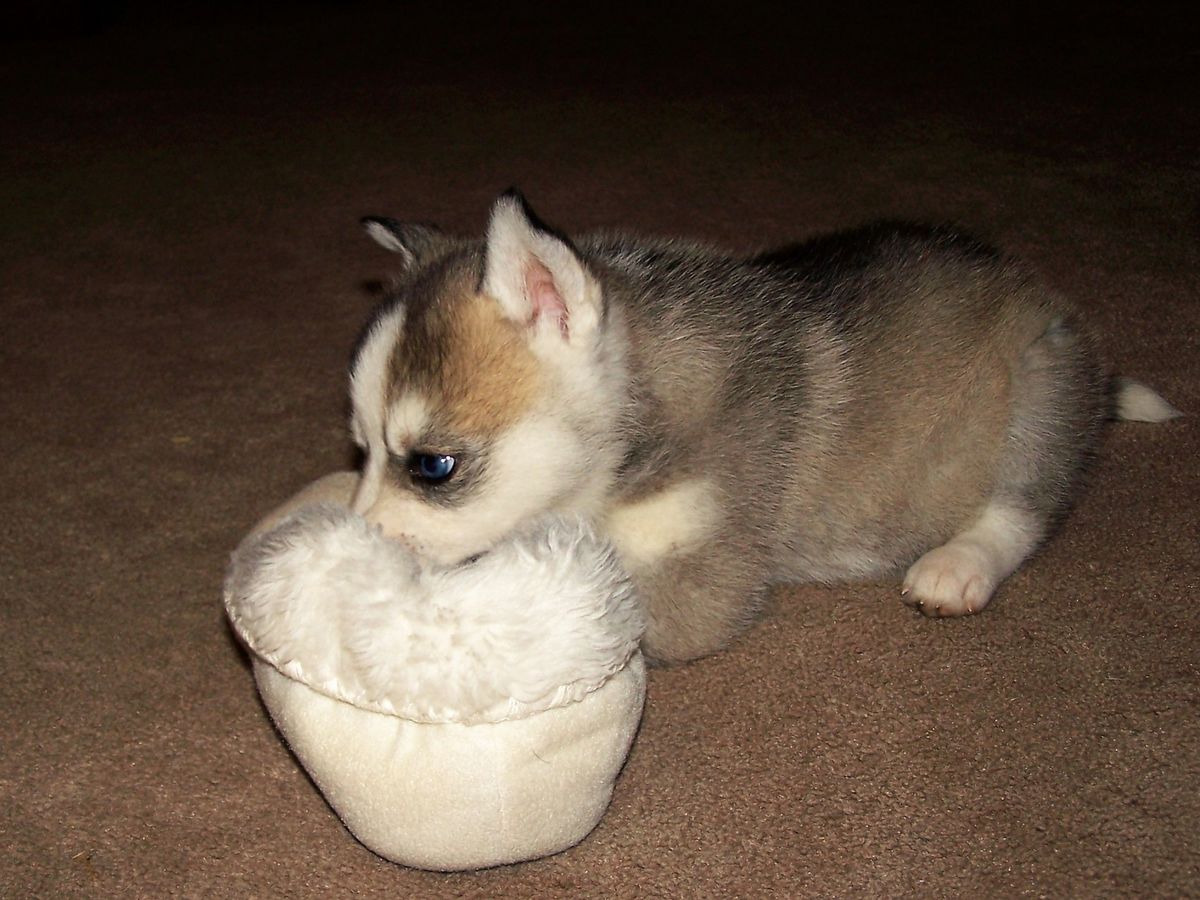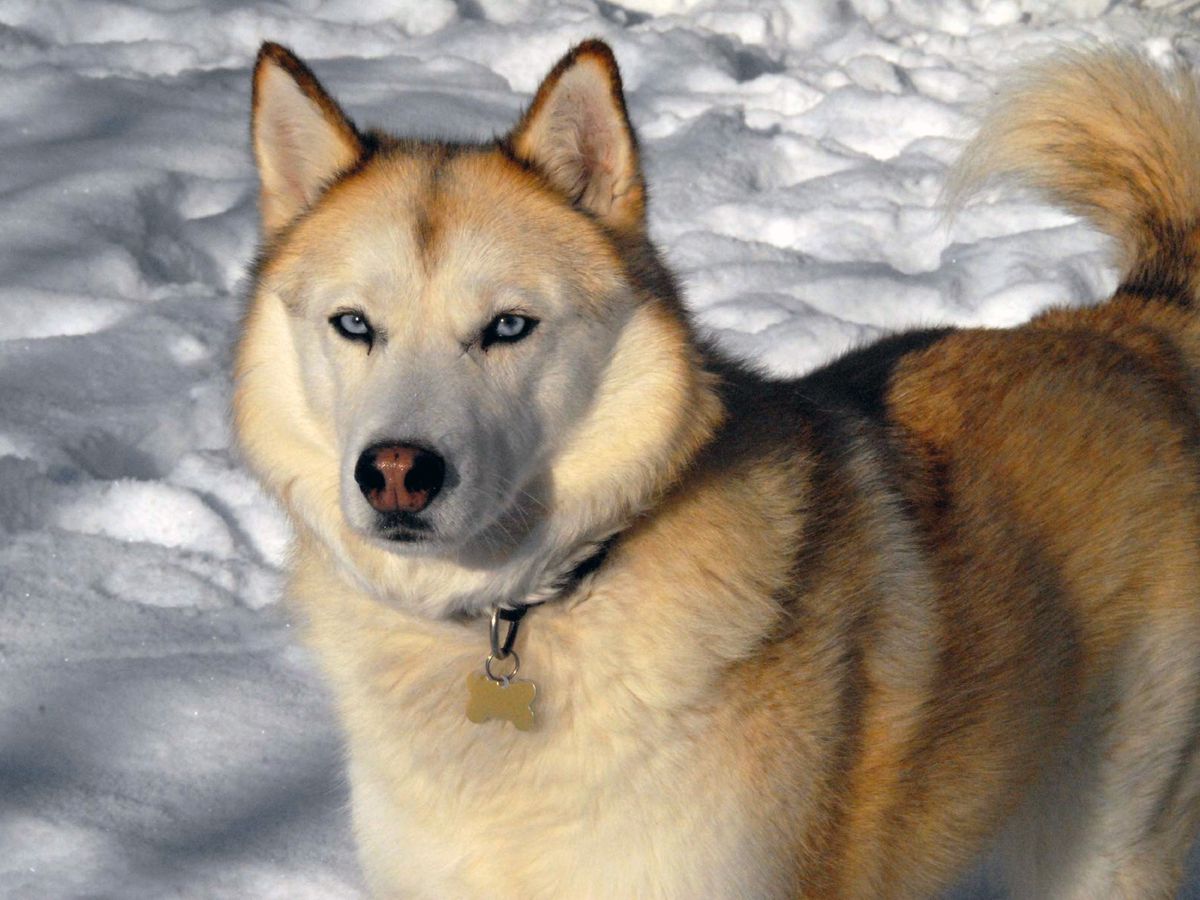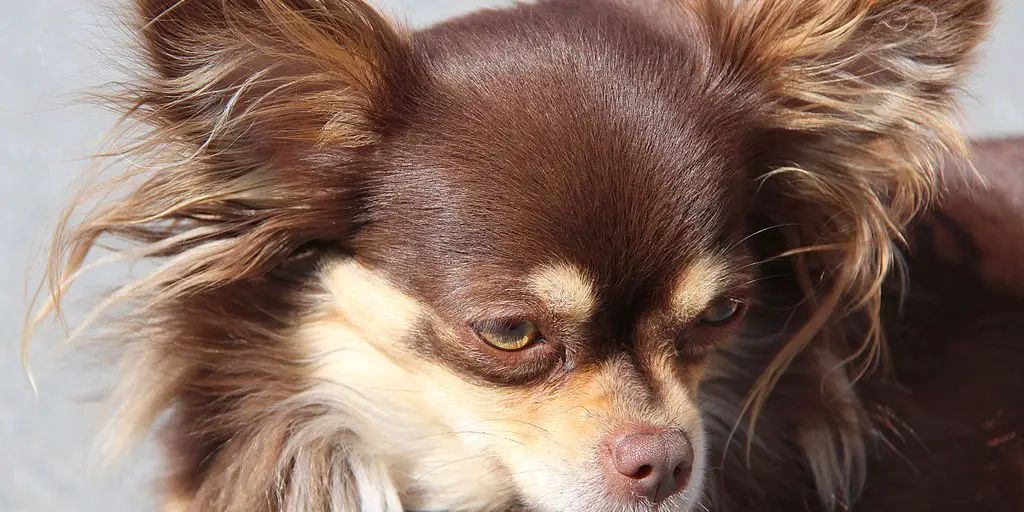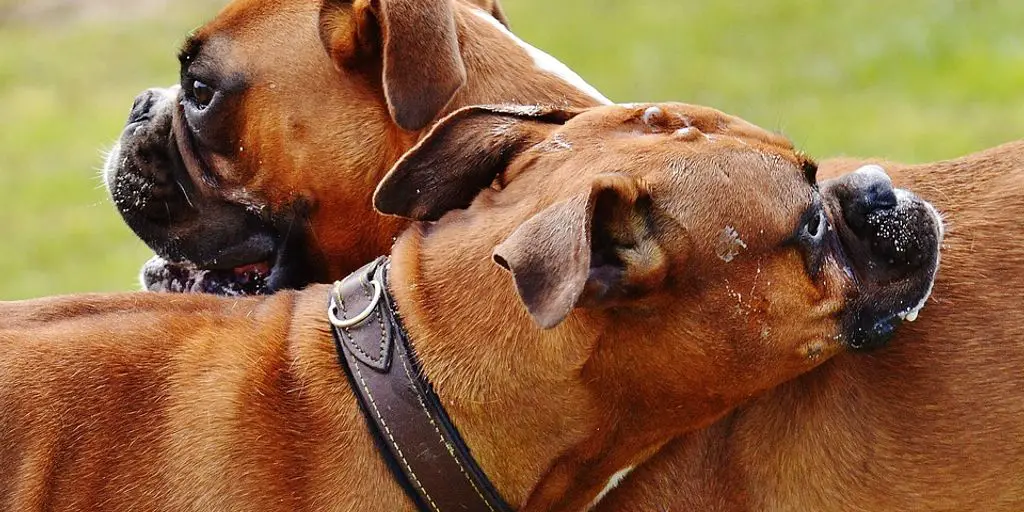Training a Siberian Husky requires dedication, patience, and an understanding of the breed’s unique traits. Known for their striking appearance and captivating blue eyes, Huskies are intelligent, energetic, and fiercely loyal animals. However, their independent nature and strong instincts can present some challenges when it comes to training. This comprehensive guide will explore the key aspects of training a Siberian Husky, from basic obedience commands to addressing specific behavioral issues. By employing positive reinforcement techniques, socialization, and consistent training, you can nurture a well-behaved and happy companion. Remember that every dog is an individual, so be flexible in your approach and celebrate each step of progress. With love and guidance, your Husky can become a wonderful member of your family.
Key Takeaways
- Understand the unique traits of Siberian Huskies, including their independent nature and high energy levels.
- Utilize essential training gear such as the right collar, leash, and harness to facilitate effective training.
- Teach basic obedience commands like ‘sit’, ‘stay’, ‘come’, and ‘heel’ to establish a foundation of good behavior.
- Employ positive reinforcement techniques and avoid punishment-based methods to encourage desired behaviors.
- Keep your Husky mentally stimulated with interactive toys, puzzles, and engaging activities to prevent boredom.
Understanding Your Siberian Husky’s Unique Traits
Training a Siberian Husky requires dedication, patience, and an understanding of the breed’s unique traits. Before diving into training, it’s crucial to comprehend what makes a Husky tick. These dogs are not like French Bulldogs or Chihuahuas; they have their own set of characteristics that can make training both challenging and rewarding.
The Independent Nature of Huskies
Huskies are known for their independent nature. Unlike some other breeds, they were bred to think for themselves, which can sometimes make them seem stubborn. This independence is a double-edged sword; while it means they can be very resourceful, it also means they might not always listen to commands right away. Understanding this trait is key to effective training.
High Energy Levels and Exercise Needs
Siberian Huskies are incredibly energetic. They were originally bred as sled dogs, so they have a lot of stamina and require plenty of exercise. If they don’t get enough physical activity, they can become bored and resort to undesirable behaviors like excessive digging or howling. Regular exercise is not just beneficial; it’s essential for their well-being.
Socialization from an Early Age
Socialization is crucial for Huskies. These dogs are naturally friendly but can become aloof or even aggressive if not properly socialized from a young age. Introducing them to various environments, people, and other animals early on can help mitigate these issues. Socialization helps them become well-rounded dogs who are comfortable in different settings.
Remember, every Husky is an individual. Be flexible in your approach and celebrate each step of progress. With love and guidance, your Husky can become a well-behaved and happy companion.
Essential Training Gear for Your Husky
When it comes to training your Siberian Husky, having the right gear can make all the difference. Proper equipment ensures not only effective training but also the safety and comfort of your furry friend. Here are some must-have items to get you started.
Basic Obedience Commands Every Husky Should Know
Training your Siberian Husky in basic obedience commands is essential for a harmonious relationship. These commands not only ensure your dog’s safety but also make daily interactions more enjoyable. Let’s dive into the key commands every Husky should know.
Teaching ‘Sit’ and ‘Stay’
Teaching your Husky to sit on command is one of the first steps in obedience training. Use treats or toys as motivation. Gently press their hindquarters down while saying “Sit” and reward them when they comply. For the ‘Stay’ command, start by having your Husky sit. Then, with a firm voice, say “Stay” and take a step back. If they remain seated, reward them. Gradually increase the distance and duration.
Mastering ‘Come’ and ‘Leave It’
The ‘Come’ command is crucial for your Husky’s safety. Start by using a long leash in a controlled environment. Call your Husky’s name followed by “Come” and gently pull the leash towards you. Reward them when they reach you. The ‘Leave It’ command helps in preventing your Husky from picking up harmful objects. Hold a treat in your closed hand and say “Leave It”. When they stop trying to get the treat, reward them with a different treat.
The Importance of ‘Heel’
Teaching your Husky to ‘Heel’ ensures they walk beside you without pulling. Start with your Husky on a leash. Hold a treat close to your leg and say “Heel”. Walk a few steps, and if they stay by your side, reward them. Consistency is key in reinforcing this behavior.
Remember, just be sure that enthusiasm is contained so that greetings are a joy for all. Starting from puppyhood, teach your Husky that the one and only way to greet is calmly and politely.
Training your Husky in these basic commands will set a strong foundation for more advanced training and ensure a well-behaved companion.
House Training Your Siberian Husky
Establishing a Routine
House training your Siberian Husky starts with establishing a consistent routine. Feeding on a regular schedule will help with housebreaking the dog, as most husky puppies will need to go outside 15 to 30 minutes after eating. Take your Husky out first thing in the morning, after meals, and before bedtime. Consistency is key to making sure your dog understands when and where they should go potty.
Using Crate Training Effectively
Crate training is a fantastic method for house training. It gives your Husky a safe space and helps prevent accidents when you can’t supervise them. Make sure the crate is just big enough for them to stand, turn around, and lie down. Too much space and they might use one end as a bathroom. Remember, the crate should never be used as a punishment.
Handling Accidents with Patience
Accidents are bound to happen, especially in the early stages of house training. When they do, it’s important to handle them with patience. Clean up the mess thoroughly to remove any lingering odors that might attract your Husky back to the same spot. Never punish your dog for accidents; instead, focus on rewarding them when they go outside. Patience and positive reinforcement are your best tools for successful house training.
Leash Training Tips for Huskies
Training a Siberian Husky to walk on a leash can be quite the adventure! These dogs are known for their independent nature and high energy levels, so patience and consistency are key. Here are some tips to help you get started.
Starting with Short Walks
When beginning leash training, start with short walks around your yard or a quiet area. This helps your Husky get used to the feel of the leash and collar without too many distractions. Consistency is key here, so make sure to practice daily.
Dealing with Pulling
Huskies are natural pullers, thanks to their sledding heritage. To manage this, stop walking whenever your Husky starts to pull. Wait until they return to your side before continuing. This teaches them that pulling won’t get them where they want to go. You might also consider using a dog harness instead of a collar to reduce strain on their neck.
Introducing Off-Leash Training
Off-leash training can be challenging with Huskies due to their independent nature and strong prey drive. However, with consistent and focused training in a secure and controlled environment, you can teach your Husky to come when called even when off-leash. Start in a fenced area and use high-value rewards to reinforce the recall command.
Remember, patience and consistency are your best friends when leash training a Husky. It might take some time, but the results are well worth it!
Socializing Your Husky with Other Dogs and People
Puppy Playdates and Dog Parks
One of the best ways to socialize your Husky is through puppy playdates and visits to dog parks. These environments provide a controlled setting where your Husky can interact with other dogs. It’s important to start this process early, ideally between 3 and 16 weeks of age, to ensure they grow up to be well-adjusted and confident. Always monitor their reactions and make sure the experiences are positive to prevent any fear or aggression issues later on.
Positive Reinforcement in Social Settings
When socializing your Husky, positive reinforcement is key. Reward your dog with treats, praise, or play whenever they exhibit good behavior around other dogs and people. This not only helps in building their confidence but also strengthens the bond between you and your Husky. Remember, Huskies respond exceptionally well to positive reinforcement techniques.
Handling Aggression or Fear
If your Husky shows signs of aggression or fear during social interactions, it’s crucial to address these behaviors immediately. Gradually increase their exposure to different sights, sounds, and smells in a controlled manner. If the aggression persists, consider seeking help from a professional trainer. Proper socialization and training can help Huskies get along well with other pets and people.
Early socialization is crucial for a well-adjusted and confident Husky. Expose your puppy to various environments, people, and other animals, ensuring positive experiences to prevent fear or aggression issues later on.
Advanced Training Techniques for Huskies
Training a Siberian Husky can be a rewarding experience, especially when you move beyond the basics and dive into advanced techniques. These methods not only enhance your dog’s skills but also strengthen the bond between you and your furry friend. Let’s explore some advanced training techniques that can take your Husky’s abilities to the next level.
Addressing Common Behavioral Issues
Excessive Howling and Barking
Siberian Huskies are known for their vocal nature. If your Husky is howling or barking excessively, it might be due to boredom, anxiety, or a need for attention. Providing a nutritious diet and ensuring they get enough exercise can help mitigate this behavior. Sometimes, interactive toys or puzzles can keep them engaged and reduce the noise.
Destructive Chewing
Destructive chewing is a common issue, especially in younger Huskies. This behavior can be a sign of teething, boredom, or anxiety. To address this, make sure your Husky has plenty of chew toys. You can also use treats to reward them when they chew on appropriate items. Consistency is key here; always redirect them to the right object to chew on.
Managing Separation Anxiety
Separation anxiety can be particularly challenging. Huskies are social animals and may become anxious when left alone for long periods. Establishing a routine can help your dog feel more secure. Gradually increasing the time they spend alone can also be beneficial. In severe cases, consult a vet for additional strategies or treatments.
By being proactive about preventive care, providing a nutritious diet, and addressing any health concerns promptly, you can help ensure your Siberian Husky remains happy and well-behaved.
The Role of Positive Reinforcement in Husky Training
Training a Siberian Husky can be a rewarding experience, especially when you use positive reinforcement techniques. Positive reinforcement is at the core of positive dog training, and it works so well in all kinds of situations and for all kinds of individuals. Let’s dive into how you can effectively use this method to train your Husky.
Keeping Your Husky Mentally Stimulated

Keeping a Siberian Husky mentally stimulated is just as important as physical exercise. These dogs are incredibly intelligent and need activities that challenge their minds to prevent boredom and destructive behaviors. Here are some tips to keep your Husky’s brain engaged and happy.
Interactive Toys and Puzzles
One of the best ways to keep your Husky mentally stimulated is through interactive toys and puzzles. These toys are designed to challenge your dog’s problem-solving skills and keep them entertained for hours. For example, you can use food-dispensing toys that release treats when your dog figures out how to manipulate them. This not only keeps them busy but also provides a rewarding experience.
Teaching New Tricks
Teaching your Husky new tricks is another excellent way to keep their mind active. Start with basic commands and gradually move on to more complex tricks. The process of learning and practicing new commands will keep your dog engaged and mentally stimulated. Plus, it’s a great way to bond with your furry friend.
Engaging in Scent Work
Huskies have a strong sense of smell, and engaging them in scent work can be incredibly rewarding. You can start by hiding treats or toys around the house or yard and encouraging your dog to find them. This classic game engages your dog’s sense of smell and problem-solving skills. It’s a fun and effective way to keep your Husky’s mind sharp.
Remember, a mentally stimulated Husky is a happy and well-behaved Husky. Incorporate these activities into your daily routine to keep your dog’s mind and body in top shape.
Training for Specific Situations
Preparing for Vet Visits
Taking your Husky to the vet can be a stressful experience for both of you. Start by getting your dog used to being handled. Touch their paws, ears, and mouth regularly so they become comfortable with these sensations. Reward them with treats and praise to create positive associations. Gradually introduce them to the vet’s office by taking short trips there without any procedures being done. This helps them get used to the environment and the smells.
Traveling with Your Husky
Traveling with a Husky requires some preparation. Make sure your dog is comfortable in the car by taking them on short drives initially. Use a crate or a dog seatbelt for safety. Pack all the essentials like water, food, and their favorite toys. If you’re traveling long distances, plan for regular breaks to let your dog stretch and relieve themselves. Be prepared for setbacks or challenges along the way, and approach training with a positive mindset.
Introducing a New Family Member
Introducing a new family member, whether it’s a baby or another pet, can be tricky. Start by letting your Husky get used to the new scents. Use items like baby clothes or the new pet’s bedding to introduce these smells gradually. Supervise all initial interactions closely and reward your dog for calm behavior. Consistency is key, so make sure to maintain your Husky’s routine as much as possible during this transition.
Remember, every Husky is unique, and what works for one might not work for another. Patience and positive reinforcement are your best tools in these situations.
Conclusion
Training a Siberian Husky can be a rewarding yet challenging experience. These intelligent and energetic dogs require patience, consistency, and a good understanding of their unique traits. By using positive reinforcement, socialization, and regular exercise, you can help your Husky become a well-behaved and happy companion. Remember, every dog is different, so be flexible in your approach and celebrate each small victory. With love and dedication, you’ll build a strong bond with your furry friend and enjoy many happy years together.
Frequently Asked Questions
When should I start training my Siberian Husky puppy?
It’s best to start training as early as possible, ideally when your puppy is around 8 to 10 weeks old. Early training helps build a strong foundation for good behavior.
Are Siberian Huskies difficult to train?
Huskies can be independent and strong-willed, which may make training more challenging than some other breeds. However, they can become well-behaved and obedient companions with patience and positive reinforcement.
What are the essential training tools for a Siberian Husky?
Essential training tools include a sturdy collar and leash, a harness, training treats, and interactive toys. These tools will help you effectively train and engage your Husky.
How much exercise does a Siberian Husky need?
Siberian Huskies are high-energy dogs that require at least 1 to 2 hours of vigorous exercise daily. Activities like running, hiking, and playing fetch are excellent ways to keep them physically and mentally stimulated.
How can I house train my Siberian Husky?
House training involves establishing a routine, using crate training effectively, and handling accidents with patience. Consistency and positive reinforcement are key to successful house training.
What should I do if my Husky pulls on the leash?
If your Husky pulls on the leash, start with short walks and use positive reinforcement to reward good behavior. Consider using a harness to reduce pulling and practice commands like ‘heel’ to improve leash manners.
How do I socialize my Siberian Husky with other dogs and people?
Socialize your Husky from an early age by arranging puppy playdates, visiting dog parks, and using positive reinforcement in social settings. Gradually expose them to different environments, people, and other dogs to build confidence.
What are common behavioral issues in Siberian Huskies?
Common behavioral issues include excessive howling and barking, destructive chewing, and separation anxiety. Address these issues with consistent training, mental stimulation, and by providing appropriate outlets for their energy.



